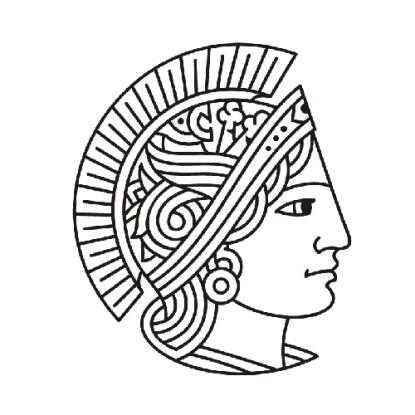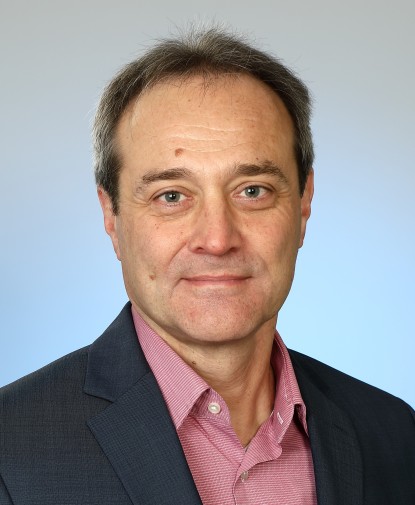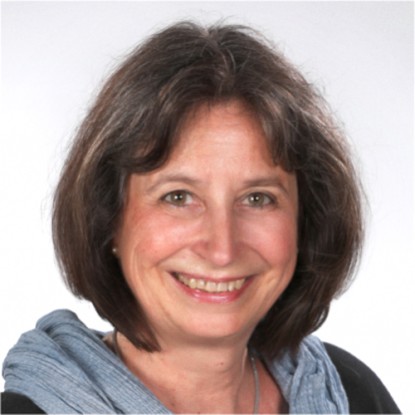Institute for Condensed Matter Physics
From Regular Arrays to Molecules: Symmetry, Collectivity, and Dissipation
Dr. Nico Bassler, Institut für Angewandte Physik, Technische Universität Darmstadt
Periodic arrays of quantum emitters provide a controlled setting to probe how geometry and symmetry shape light–matter coupling under dissipation. I begin with atomic arrays, showing how subwavelength structuring enables linear optical elements and chiral response. I then move to highly symmetric ensembles, outlining a compact approach to the Dicke problem and its implications for collective decay, entanglement, and multilevel extensions. Finally, I turn to molecules—not yet collective platforms, but systems where nonradiative decay and conical intersections govern relaxation. I sketch a generalized energy-gap description and an outlook for modeling nonadiabatic effects with open-system tools.
The overarching theme is open-system light–matter physics: when symmetry supports collective behavior, when added internal structure suppresses it, and where these ideas may (and may not) carry over to molecular settings.
When?
November 25, 2025, 16:00-17:30
Where?
TU Campus S2|15, Raum 134
Schloßgartenstraße 7
64289 Darmstadt
Organiser
Fachbereich Physik
Further information
Tags
Kolloquium Quantentechnologien



